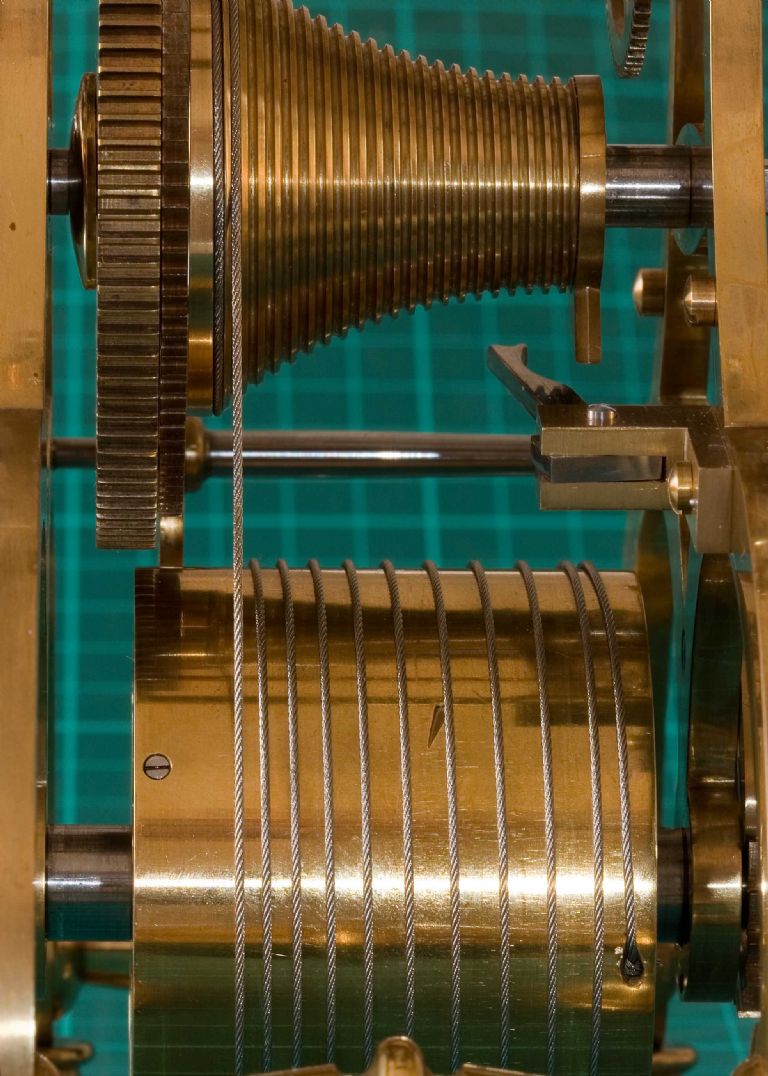John Wilding 8 day Weight Driven Wall Clock
John Wilding 8 day Weight Driven Wall Clock
- This topic has 127 replies, 24 voices, and was last updated 24 November 2021 at 14:13 by
Zachary Rohrer.
- Please log in to reply to this topic. Registering is free and easy using the links on the menu at the top of this page.
Latest Replies
Viewing 25 topics - 1 through 25 (of 25 total)
-
- Topic
- Voices
- Last Post
Viewing 25 topics - 1 through 25 (of 25 total)
Latest Issue
Newsletter Sign-up
Latest Replies
- Dial test indicator vs Dial indicator
- Speed camera
- Help for DIY lathe build.
- All things Beaver Mill
- Firth Valve Gear
- M type top slide conversion??
- Request for a Slot to be Milled in a Shaft
- Offen screw type telescopic gauge.
- Bearing boxes for ball race
- Twin Engineering’s heavy mill/drill quill removal







